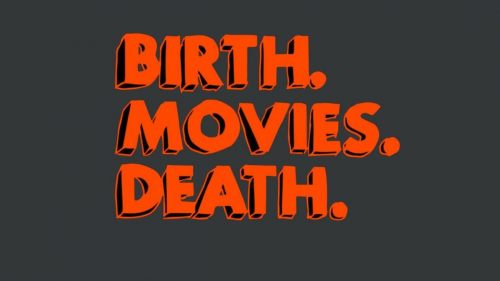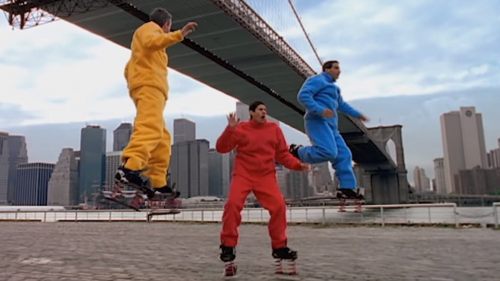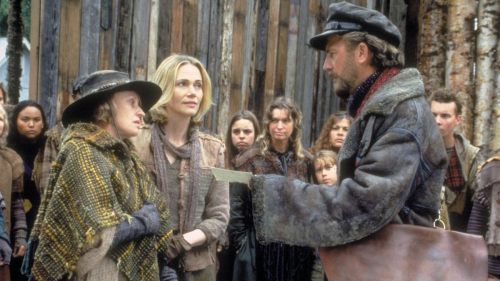Alan Turing: The Father Of AI
There are a few luminaries whose names most of us know: Benjamin Franklin. Thomas Edison. Albert Einstein. Their innovations define our modern world, and for one reason or another, the innovators themselves have infiltrated our collective conscience. There are far more whose work underlies literally every day of our modern lives, but whose roles are more esoteric. To name but a few, these are people like Carl Friedrich Gauss, Claude Shannon…and Alan Turing.
This looks to be the year that at least one of that more anonymous assembly, Alan Turing, moves a bit further into popular light. And, although he contributed to the downfall of the Nazi war machine and is recognized as the father of not one but two entire fields of study, it’s his tragic end as much as his accomplished life that will propel him into cineplexes later this year. But that cuts straight to the end of his tale and, frankly, it’s not the story we’re here to tell today.
Alan Turing was born in 1912 to an English family with vaguely aristocratic roots, and he spent the majority of his youth defying the classics-heavy curriculum of the day in favor of more scientific topics. His undergraduate years at the University of Cambridge set him off on a successful career as a mathematician, and early on he gravitated toward defining what it meant for a problem to be solvable. Rather than approaching the challenge purely through mathematics, Turing conceived of an idealized device -- later known as a Turing machine -- which should be capable of solving any problem that is solvable. He was well on his way to inventing the modern notion of the computer, but the start of the second World War sent him in other directions for a time.
Turing joined the British war effort by enlisting in the top secret code-breaking effort. The Germans had been using the legendary Enigma machine to encrypt their communiques for several years, and the curtain of secrecy it afforded them played havoc on the Britons. Polish mathematicians had managed to open a crack in Enigma, but their solution was fragile, and the Germans kept increasing the complexity of the machine as the war progressed. Turing worked out how to create a far more robust solution, helping to build an electromechanical computer called a bombe. As Enigma improved, so did Turing’s bombe, giving England a decisive advantage over her adversaries.
Although the bombe was a computer, it looked nothing like what we would consider a computer today. At that time, computing machines were as much mechanical as they were electrical, and each was designed only to solve a specific problem. Turing’s bombe worked out the right settings to apply to a captured Enigma machine for decoding intercepted messages, but it couldn’t really do anything else. As the war wound down, Turing came back to his idea of an idealized machine that could solve any solvable problem. He conceived of a universal machine that could access stored instructions and act as they directed before turning its attention to a different problem with a different set of instructions. In doing so, he described the design of the modern, programmable computer. For his contributions, he’s now widely recognized as the father of computer science.
Turing had always been fascinated by the natural world and the mathematics underlying biology, and he easily saw the similarities between the human brain and his idealized Turing Machine. He posited that a reasonably sophisticated computer would be able to replicate the workings of the human mind, and in a seminal 1950 paper titled “Computing Machinery and Intelligence,” Turing explored the question: can machines think? In that work, he formulated the now-famous Turing Test: allow a human operator, isolated in a room, to interact with both a machine and another human, isolated in separate rooms. If the operator cannot tell the difference between the two, the machine can be considered to be intelligent. In doing so, Turing spawned the field of artificial intelligence.
Sadly, his success was short-lived. Turing made no particular secret of the fact that he was homosexual, and in 1952 he was charged with indecency, to which he plead guilty and for which he was sentenced to chemical castration. He endured the treatments for more than a year, and within another year he was found dead of cyanide poisoning. The coroner ruled that he’d killed himself by eating a poisoned apple. Today, over sixty years after his suicide, Turing was given a posthumous royal pardon overturning his conviction.
Turing’s story, and his tragic ending, will come to theaters later this year in The Imitation Game, starring Benedict Cumberbatch as Turing. Perhaps then, more people will come to know of his pivotal role in building our modern world. Until then, armed with our new appreciation for the man, let’s spend this January at the Alamo Drafthouse celebrating Spike Jonze’s HER and Turing’s enduring legacy as the father of both the computer and artificial intelligence!
This was originally published in the January edition of Birth.Movies.Death., "In Love with HER," in honor of Spike Jonze's Her. See Her at the Alamo Drafthouse in January.



